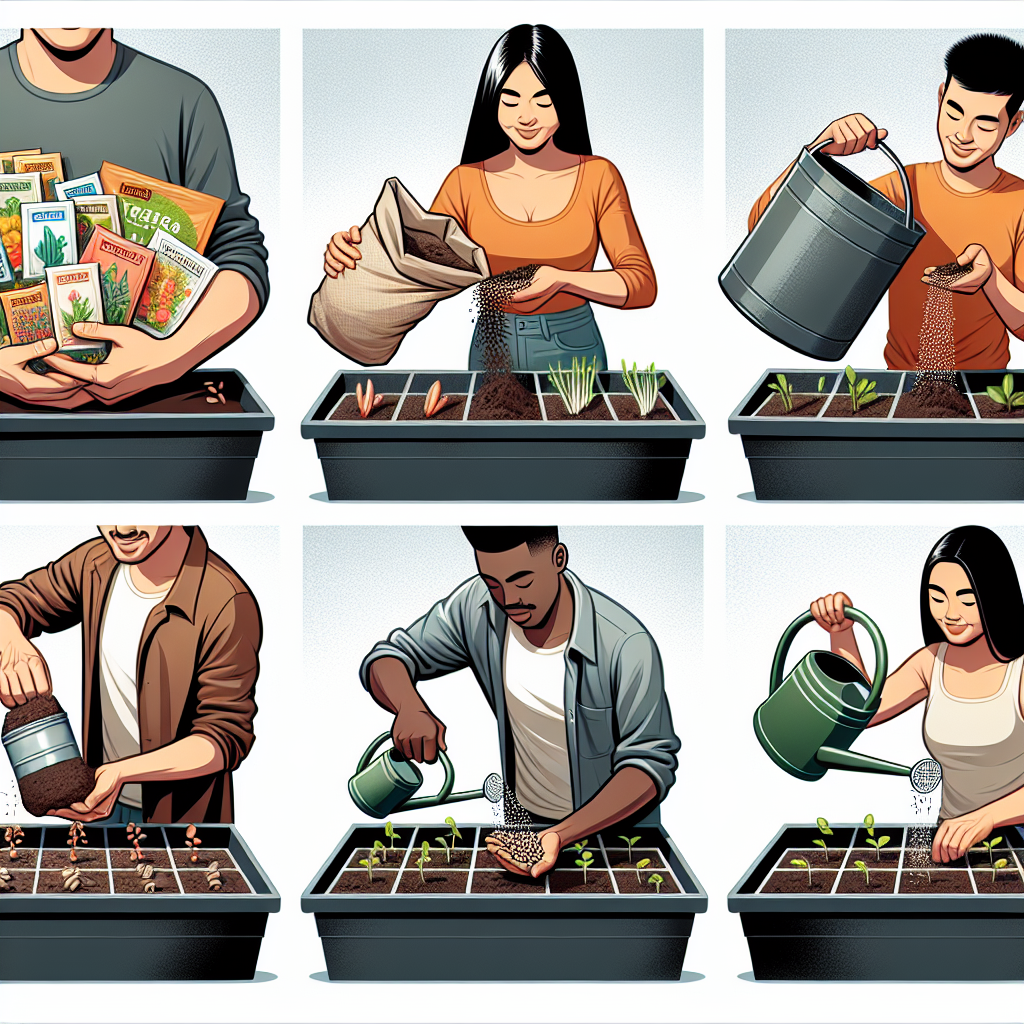Container gardening is a great way to enjoy the benefits of gardening without having a lot of space or time. It involves growing plants in containers such as pots, baskets, or even old tires. Container gardening can be done both indoors and outdoors, making it a versatile and convenient option for gardening enthusiasts. Whether you are a novice gardener or a seasoned green thumb looking for a new challenge, container gardening is a fun and rewarding hobby that anyone can enjoy.
Getting started with container gardening is easier than you might think. With just a few simple steps, you can begin growing your own beautiful plants and vegetables in no time. Here are some tips to help you get started with container gardening:
1. Choose the Right Containers: When it comes to container gardening, the type of container you choose is crucial. Make sure to select containers that are large enough to accommodate the root system of your plants and have proper drainage holes to prevent waterlogging. You can use pots, planters, buckets, or even repurposed containers such as old tires or milk jugs. Be creative with your choices and remember that almost anything can be used as a container for gardening.
2. Select the Right Plants: Before starting your container garden, think about what types of plants you want to grow. Consider factors such as sunlight exposure, climate conditions, and space limitations when choosing your plants. Some popular options for container gardening include herbs like basil and parsley, vegetables like tomatoes and peppers, and flowers like petunias and geraniums. Choose plants that are well-suited for containers and will thrive in your specific growing conditions.
3. Use Quality Potting Soil: Good soil is essential for healthy plant growth in containers. Make sure to use high-quality potting soil that is well-draining and nutrient-rich. Avoid using regular garden soil as it may compact in containers and hinder root growth. Look for potting mixes specifically designed for container gardening which provide good aeration and moisture retention for optimal plant growth.
4. Provide Adequate Watering: Proper watering is key to successful container gardening. Most potted plants require more frequent watering than those grown in the ground due to limited soil volume in containers. Check the moisture level of your soil regularly by sticking your finger into the soil; if it feels dry an inch below the surface, it’s time to water. Be careful not to overwater as this can lead to root rot and other issues.
5. Fertilize Regularly: Container-grown plants rely on you for their nutrients since they cannot access nutrients from surrounding soil like garden plants can. Fertilize your container plants regularly with a balanced fertilizer according to package instructions to ensure healthy growth and abundant blooms or fruits.
6.Prune Your Plants: Regular pruning helps maintain plant shape, encourages new growth, and prevents overcrowding in containers.Pruning also helps with air circulation which reduces the risk of diseases.Plants should be pruned according their specific needs.For example tomatoes need their sucker branches removed but herbs do not require much pruning at all.
7.Monitor Pests & Diseases: Keep an eye out for pests such as aphids,scale insects,sap sucking mites,fungus gnats etc.It’s important treat pest problems quickly before they become serious.Diseases like powdery mildew & leaf spot may also pose problems so keep an eye out.Controlling pests & diseases early will help keep your container garden healthy & thriving.
By following these simple steps, you can begin container gardening with confidence knowing that you are giving your plants the best possible care.
Remember that container gardening is a fun and flexible way to enjoy growing flowers,and vegetables.Incorporate these simple steps into your routine
and watch your garden thrive!














